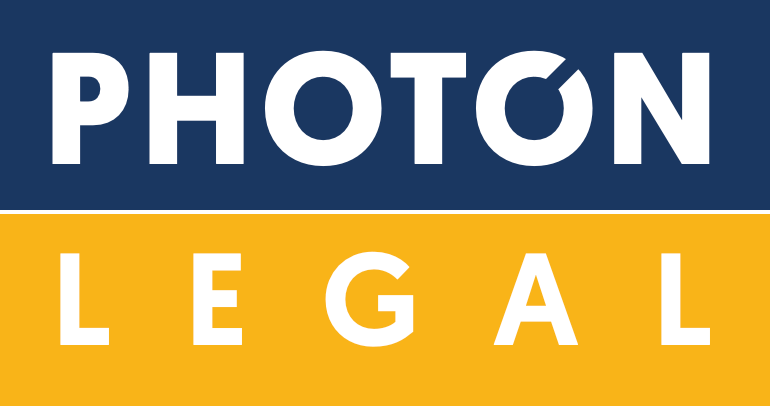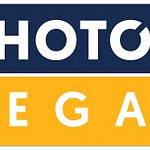Author – Shruti Patekar and Amit Koshal
The purpose of a patent is to provide legal protection to an invention by extending exclusivity rights to the owner of the invention. Along with keeping the competitors at by patentability and the possibility of material reward to the inventor, other inventors, can use the existing invention knowledge to further research and development, making it a win-win situation for everyone.
An international patent, extending patent protection in every country of the world, does not exist. In 1970, an international agreement known as Patent Cooperation Treaty (PCT) came into existence, which is being administered by World Intellectual Property Organization (WIPO). According to the Treaty, a person can file a patent application through the PCT and the patent protection will be extended simultaneously in all the Treaty member states. Starting with only 13 members, the PCT now has about 153 countries as member states (also known as Contracting States) of the Treaty. To file such a patent application one has to be a national or resident from one of the Member countries.
The processing of the PCT patent application (also known as international patent application) can be broadly divided into two stages, international phase and national phase. In the international phase, the International Searching Authority (ISA), one of the world’s major patent offices, examines, determines and issues a written document regarding the invention’s potential patentability. In the national phase, at 30 months from the earliest filing date of the initial application, one starts to pursue grant of their patents directly from the national or regional patent offices of countries they want to patent them in.
Although, by filing a single PCT patent application, the hassle of filing several separate national applications can be avoided, the grant of patents remains solely under the control of the national patents office of every country or regional patent offices. The PCT application streamlines the diverse processes and postpones the initial major costs associated with multinational application filing.
Usually, large scale multinational companies, having a presence on the international market file for worldwide patent protection. Since they have presence on the international market and marketing channels in multiple countries, an international patent application seems the best fit for them.
To expand businesses and cliental base in multiple countries, Micro, Small and Medium-sized enterprises (MSMEs), start-ups, or even single inventors may find applying an international patent application beneficial. Since obtaining worldwide patents is an expensive undertaking, to encourage patent applications from MSMEs and especially from developing countries, WIPO offers a substantial fee reduction of 90% in certain PCT fees. The applicant can pay in parts and also postpone the major costs by waiting till the application enters into the national phase and then decide whether they want to pursue further with patentability or not. Alternatively, to bear the patenting costs, one can also look for potential licensors or companies interested in buying the invention.
Another way of filing an international patent application is via the Paris Convention (also known as Direct or Paris route). The Paris Convention is an IP treaty, signed into effect in 1883, consists of 177 member states. This route allows patent applicants to file the first application (also referred as priority application) in their home country. Within 12 months from the first filing date, the applicant must file separate patent applications in multiple countries of choice.

Figure 1: The figure illustrates a comparison between the Paris Convention route and the PCT route
The Paris Convention route is truly appropriate for applicants with a tight budget and having an interest in only a limited number of countries. If the patent application doesn’t require interpretations and translations in the country of filing, an applicant would be able to file three or more Paris Convention applications for the expanse of a PCT.
The Paris Convention route is also apt if the applicant requires a patent protection immediately. Since the PCT applications are treated as ordinary direct filings when it comes to examination, getting a grant can take up to 18months or longer. A quick grant can be interesting for a number of reasons such as, successful licensing or assignment of invention depends on successful patent grant or the invention field is a fast changing industry or keeping immediate infringers at bay.
The PCT application can be viewed as a time-buying exercise. Even though the PCT application requires fairly high amount of fees, it reserves patent rights for 2.5years from the priority date, which is considerably longer than the 12months period of the Paris Convention. Companies and investors can use this time period to research the market and explore commercial value of the invention. When it comes to support innovation, R&D and investments, the PCT system is more accessible and efficient.
Fortunately, the PCT and Paris Convention are not “either-or” choices, depending on the financial budget, an applicant can mix and match their Paris Convention and PCT filings. This approach offers maximum flexibility as the Paris Convention can provide prosecutions and grants in an expedited manner, while the PCT can safeguard the patent rights in a large number of countries.
Whichever strategy an applicant chooses to file for an international patent application, it is imperative to ensure that the patent protects the invention in the maximum possible manner and the protection is extended in multiple countries.
For more information regarding International Patent Application, contact Photon Legal.
Our expert patent team would be happy to help.
Team Photon Legal
article image source- https://www.wipo.int/pct/en/faqs/faqs.html
cover image source – https://www.sedlex.fr/en/pct-application/

